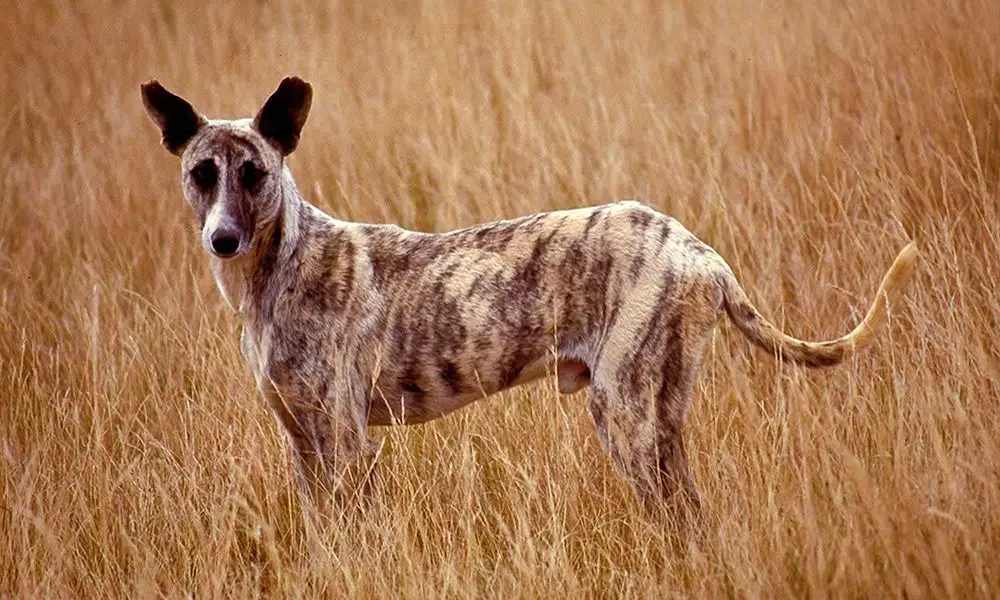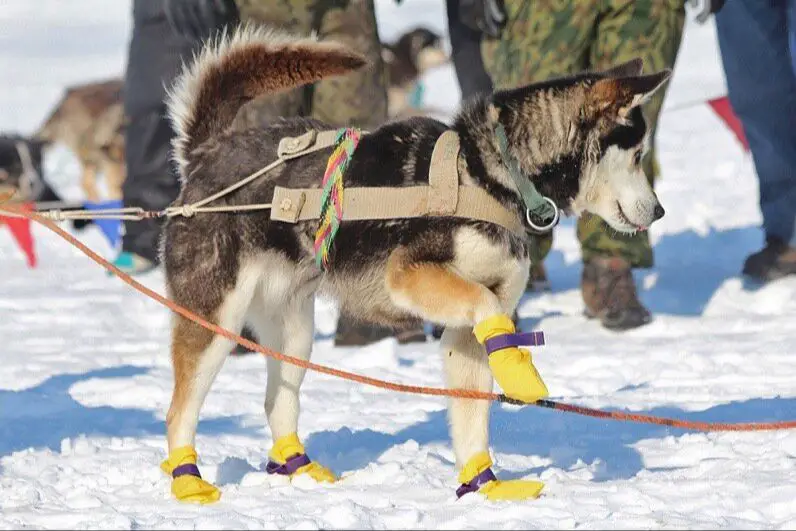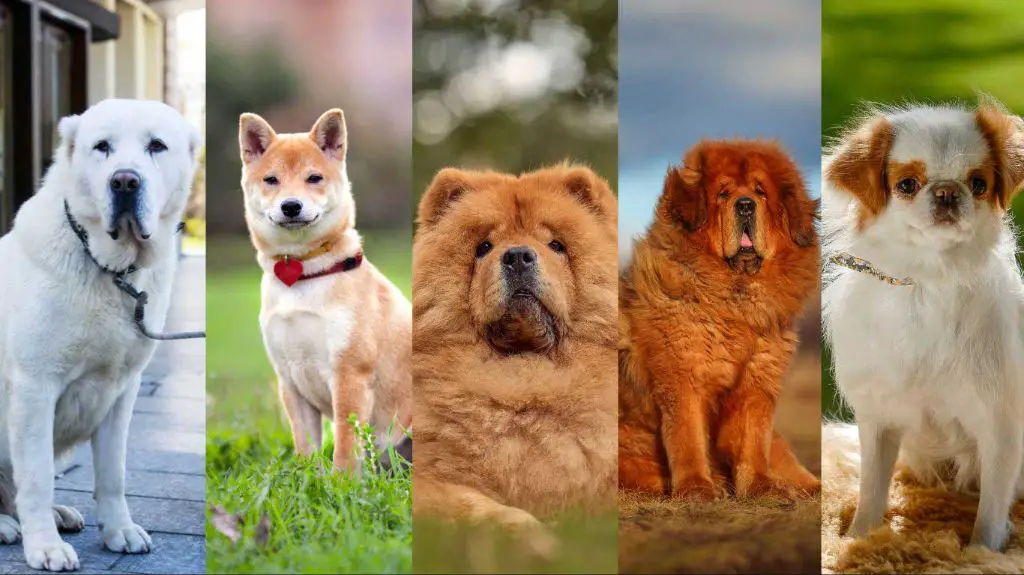Introduction
Dogs have become man’s best friend and constant companions in most parts of the world today. But how did they get to be so widespread globally? Recent research has shed light on the origins of dogs and how they spread to nearly every continent over thousands of years. Their journey provides fascinating insights into early human migration patterns and how closely intertwined the histories of humans and dogs have been.
This article will explore the history of how dogs came to live in so many far-flung parts of the world. Starting with their initial domestication from wolves, we’ll follow dogs’ geographical expansion across Africa, Antarctica, Asia, Australia, Europe, North America, and South America. Along the way, we’ll see how dogs’ presence provides clues about early human settlements and trade routes. Their global distribution today is a testament to an enduring cross-species bond.
Definition of a Dog
Dogs belong to the genus Canis, which is part of the canid family Canidae. There are multiple species within the Canis genus that are considered true dogs, including Canis lupus (wolves), Canis latrans (coyotes), and Canis aureus (golden jackals). However, the most common species associated with dogs is Canis lupus familiaris, the domestic dog.
According to the Encyclopedia Britannica, the domestic dog evolved from wolves likely more than 15,000 years ago (Source). Through the domestication process, dogs began to develop distinct characteristics from wolves, both physically and behaviorally. Over time, humans artificially selected traits in dogs to produce a wide variety of breeds and types. But despite their diversity, all domestic dogs are considered the same species.
So in summary, while wolves, coyotes, and jackals are close relatives in the dog family, the common household pet belongs to the species Canis lupus familiaris.
Dogs in Africa

Dogs have been present in Africa for thousands of years. The earliest archaeological evidence of dogs in Africa dates back to 9,000 BCE in Libya [https://medipet.co.za/heritage-of-our-african-dogs/]. Dogs likely first came to Africa with the Neolithic tribes who migrated from the Middle East around 7,000 BCE, bringing their dogs with them. These dogs are believed to be the ancestors of many modern African dog breeds like the Basenji, Rhodesian Ridgeback, and Boerboel.
The most well-known indigenous African dog is the Africanis, a landrace breed that has been present on the continent for over 7,000 years [https://en.wikipedia.org/wiki/African_village_dog]. Africanis dogs are found throughout sub-Saharan Africa acting as guard dogs, hunters, and companions in African villages. Genetic studies show Africanis dogs have very high genetic diversity and are most closely related to Middle Eastern breeds.
Some scientists believe that humans may have first domesticated wolves into dogs in North Africa, perhaps in Egypt, since wolves are native to that region [https://www.nbcnews.com/id/wbna32275502]. Wherever dog domestication first occurred, it is clear they have been an integral part of African culture for many millennia.
Dogs in Antarctica
Dogs have a long history of being used as sled dogs in Antarctica, though they are now mostly banned from the continent. Temperatures in Antarctica can get as low as -76°F (-60°C), with extremely dry and windy conditions, making it one of the most inhospitable places on Earth.
Certain dog breeds like Siberian Husky and Alaskan Malamute are well suited for pulling sleds in the frigid cold of Antarctica due to their thick double coats and high cold tolerance. However, prolonged exposure and outdoor living can still be dangerous for dogs in Antarctica’s harsh climate. Frostbite on paws is a major risk.

To survive the extreme conditions, sled dogs require specialized equipment like booties and coats. Their human handlers also take measures to protect the dogs by providing insulated shelters and regulating work hours based on weather. Proper hydration and nutrition is critical.
While some expedition teams still rely on sled dogs, most scientists now use snowmobiles for transportation in Antarctica. This change is partly due to concerns over the spread of disease from dogs to Antarctic seals and seabirds.
Dogs in Asia

Dogs have been present in Asia for thousands of years. Archaeological evidence shows that dogs were domesticated in East Asia as early as 14,000 years ago (Wang et al. 2016). In ancient China, remains of dogs have been found in Neolithic settlements dating back to around 4000 BC (Wikipedia). Over time, distinct native Asian dog breeds developed across the continent.
Some examples of native Asian dog breeds include the Akita, Shiba Inu, Jindo, Chow Chow, Shar Pei, and Tibetan Mastiff. These breeds originated in Japan, Korea, China, and other parts of East Asia. They were bred and developed over centuries to fulfill various roles like hunting, herding, guarding, and companionship. Their notable characteristics reflect adaptations to the climate, terrain, and lifestyles in their native regions.
Dogs in Australia
The dingo is considered to be the first dog in Australia. The dingo likely originated from domestic dogs from Southeast Asia that were brought to Australia by traders over 3,500 years ago [1]. Archaeological evidence shows dingo skeletal remains dating back 3,450 years in south-eastern Western Australia [2]. Although dingoes are an early offshoot of domesticated dogs, they have lived wild in Australia for thousands of years and are therefore considered a native animal [3]. Today, dingoes hold a unique place in the Australian ecosystem and have important cultural significance for Aboriginal peoples. The dingo is still found across most of mainland Australia.
Dogs in Europe
Europe is considered by many scientists to be the ancestral home of domestic dogs. Research shows that most modern dog breeds originated from Europe. According to a 2017 study published in Nature Communications, analysis of ancient dog DNA reveals continuity between modern European dog breeds and ancient European dogs dating back over 11,000 years. Another 2013 study reported by Science Daily suggests dogs likely originated in Europe more than 18,000 years ago when they were domesticated by European hunter-gatherers.
Many of today’s most popular dog breeds like German Shepherds, Labrador Retrievers, Golden Retrievers, Yorkshire Terriers and more trace their origins back to Europe. For example, German Shepherds were originally bred in Germany to herd sheep, Labrador Retrievers in Canada to retrieve fishing nets and hunt, and Yorkshire Terriers in England as ratters in mines and mills. The historical origins of these and other European breeds provides strong evidence that domesticated dogs first emerged in Europe before spreading around the world.
Dogs in North America

Dogs played an integral role in Native American cultures in North America before the arrival of European colonists. According to Wikipedia, dogs arrived in North America alongside the first human settlers over 10,000 years ago. These pre-Columbian dogs took on important roles and were revered by many Native American tribes.
Some common roles dogs played in Native American life included hunting, pulling sleds, companionship, and guarding villages. Certain breeds like the Inuit sled dog were specialized for particular tasks. Dogs were also seen as spiritual guides and were part of various Native American rituals and mythology. Their importance is evident in Native American rock art and pottery depicting dogs dating back thousands of years.
When Europeans arrived in the 15th century, Native American dogs mixed extensively with European breeds. However, some Native American dog breeds have retained their genetic heritage, like the Carolina dog. Research by Van Asch et al. traced the genetic origins ofNative American dog breeds before European contact. This evidence demonstrates the deep roots dogs have in indigenous cultures across North America.
Dogs in South America
South America is home to several unique dog breeds that originated in the region. Some examples of native South American dog breeds include:
The Chihuahua is the smallest breed of dog and is named after the Mexican state of Chihuahua. Chihuahuas are thought to be descended from the Techichi, a small dog kept by the Toltec civilization in Mexico as early as the 9th century.
The Xoloitzcuintli, also known as the Mexican Hairless Dog, is a hairless breed originating in Mexico. It dates back over 3,000 years to the ancient Aztec civilization.
The Dogo Argentino was developed in Argentina primarily for big-game hunting, including wild boar and puma. It has a white, muscular body and was bred to have a pack-hunting temperament.
The Havanese is the national dog of Cuba, developed from the now extinct Blanquito de la Habana breed in the 1800s. It has a small, sturdy body covered in a thick, wavy coat.
Conclusion
In summary, dogs are found on every continent except Antarctica. On Africa, Asia, Australia, Europe, North America, and South America, dogs have been present for thousands of years, having arrived alongside early human settlers or migrated naturally. Dogs were originally domesticated from wolves and have spread around the world alongside humans. While Antarctica has no native dog populations, domestic dogs have been introduced in modern times by humans at research stations and camps. So in conclusion, dogs inhabit every permanently populated continent on earth thanks to their long history with humans.